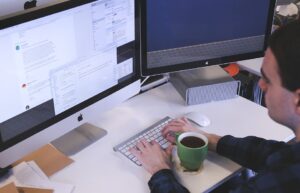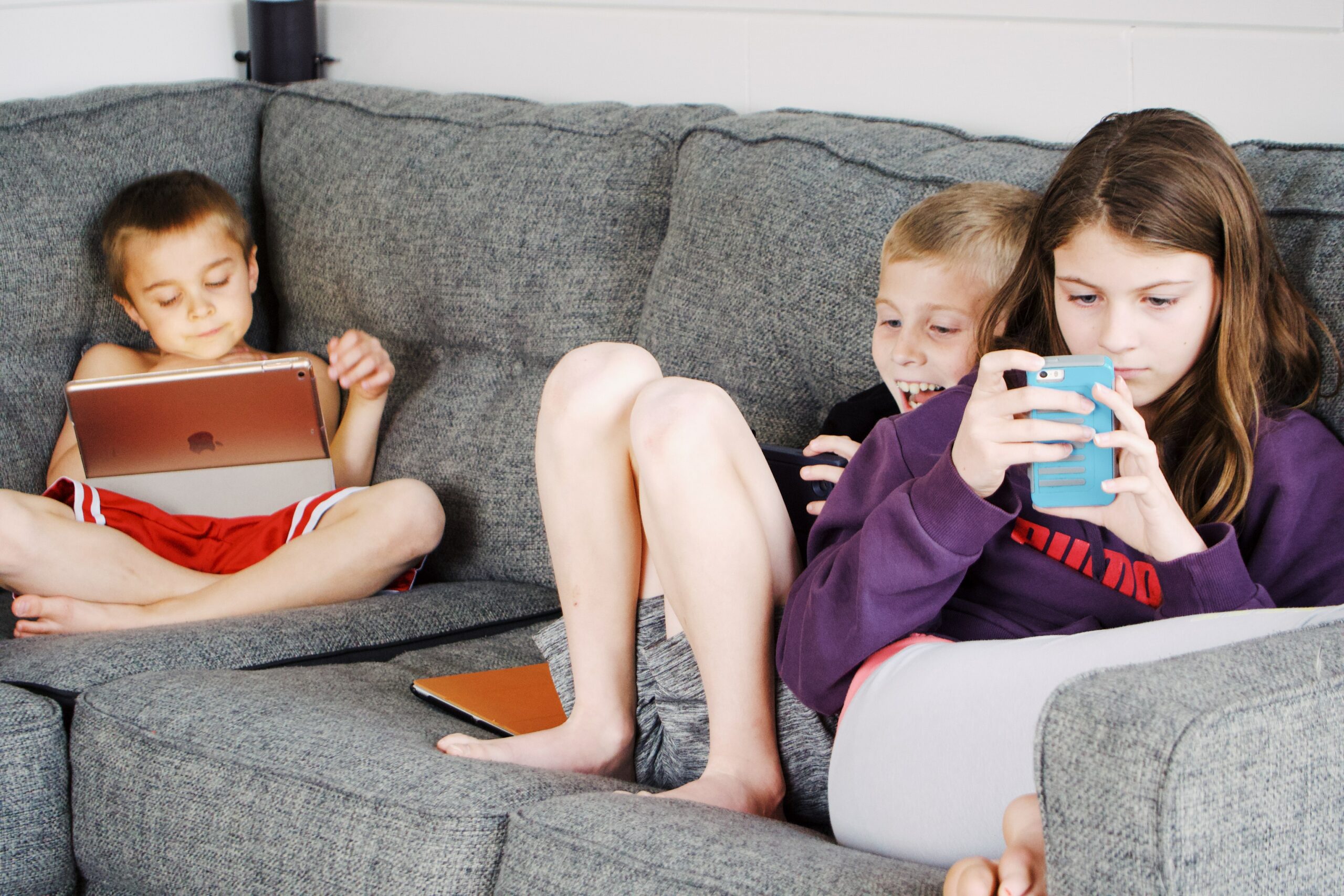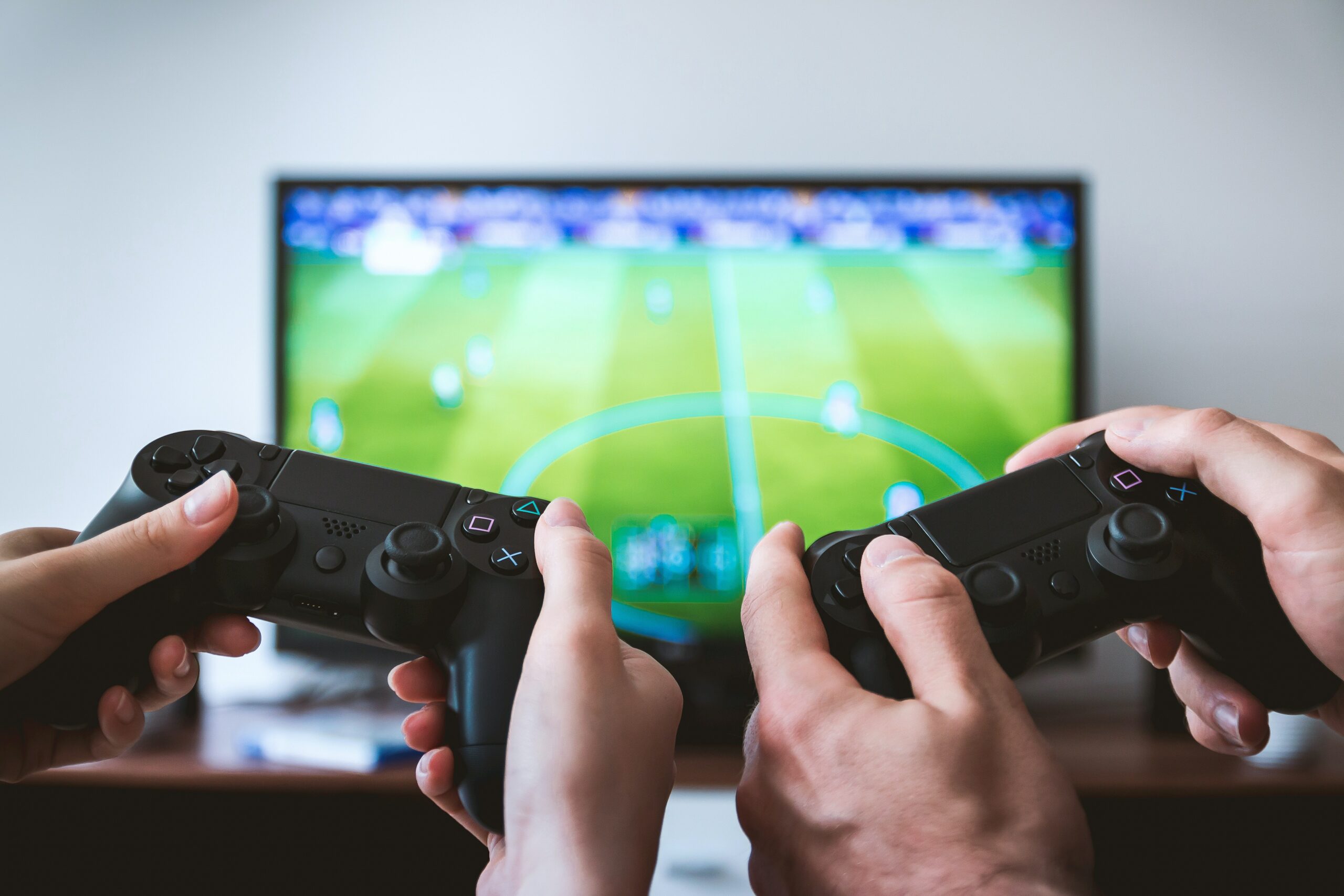Alternative to Monitoring WFH: Gamification of RCM
Employee productivity, especially during these unprecedented conditions where remote environments are becoming more common, is a top priority for healthcare RCM. The COVID-19 pandemic has spurred many organizations to adopt productivity monitoring software on employee laptops. However, there are some reports that these types of software hurt employee morale and trust.

Morale and trust are main concerns with employee monitoring software. Only 10% of employees believe they would trust their employer more if they used the software.
Dave Morley, general manager of Rockstar Recruiting, a recruiting firm specializing in placing skilled tradespeople, previously worked in HR at a company that introduced employee monitoring software without telling employees.
When employees found out, company morale dropped significantly. Employees became skeptical, and Morley started hearing workers make the same joke: '"Big Brother' was watching over our work." Eventually, numerous employees lost trust in the business and left.
More than one-third of employees (37%) believe employee monitoring software would reduce trust. About half (53%) of employees, however, said employee monitoring software would not affect if they trusted their company.
So what is the solution that solves employee productivity concerns while also improving employee morale? How about gamification.
Drawing Inspiration from an Unlikely Place
Gerilyn Sevenikar, vice president of revenue cycle at Sharp Healthcare, a healthcare system based in San Diego, California, had an epiphany while watching her daughter playing a game on her mobile phone. As many can attest, when we see children glued to a their phone, tablet, or staring at their tvs/computer monitors playing a game, their attention is solely on the task of beating the opponent or ascending to the next level.
"It was like lightning hit me, and I thought to myself, 'That's how I want my employees to feel when they're at work.' I want them to want to get to the next account so because it will help them get to the next level," she says.

Photo by Jessica Lewis from Pexels
Deployment and Results of Gamification of RCM
While it is a novel idea, Sevenikar needed the right resources, both internally and externally, to make the idea a reality.
Sharp HealthCare developed the tool Gamify from scratch to use with athenaIDX from athenahealth. It also defined the steps for best-practice workflows within its revenue cycle functions, including pre-billing, customer service, and rejections and denials. Employees not only earn points for working accounts but for completing each step in the pre-defined gold-standard workflow.

Photo by JESHOOTS.com from Pexels
"As they go through their workflow—their normal day—they can watch points start to accrue through the game," Gerilynn Sevenikar, vice president of revenue cycle at Sharp HealthCare, tells HealthLeaders. "But more importantly when they follow a gold-standard workflow, they achieve maximum points for that workflow."
Today, employees earn points and badges for their work, although Sevenikar says eventually the system will likely add additional rewards like gift cards and paid time off.
Additionally, there was an unexpected benefit that shocked Sevenikar.
In addition, a task management function within Gamify allows employees who've finished their own worklist for the day to start working through their colleagues' accounts to earn more points.
"That was a real eye opener for us," Sevenikar says. "They wanted the points so bad that they were going into other people's worklists."
That desire for points even resulted in staff members asking their manager not to fill a vacant position so they could work on extra accounts and earn extra points.
"I've been here 40 years and I've never had that happen," Sevenikar says.
The Results
So what were the measureable results from the first six months of deployment? Check them out for yourself:
- A 31% increase in credit balance productivity
- A 21% increase in customer service productivity
- An 18% increase in hold bills productivity. Related to that, Sharp gained 863.1 days in throughput, which equates to an increase in output of 3.3 days per existing staff per month.
- A 10% reduction in task lag
- A staff turnover rate of less than 5%

In addition, Sevenikar said, "100% of the time an employee improved productivity… Even the most productive employees improved their productivity a minimum of 10%," while some improved as much as 40%.
Sevenikar also attributes total transparency as a huge factor for success.
Gamify's total transparency is one reason it's been so popular. Employees—who each have an avatar within the game—can see their own point accruals as well as that of their colleagues, and a real-time leaderboard displays the top 10 performers. It allows team members to track their productivity in a way that's nonthreatening, engaging, and playful, says Sevenikar.
"Arming them with that information influences their decisions throughout the day on what they're going to do," she says. "Our employees never knew how close they were to having their best day or having their best week or even being the most productive for the day."
This is truly an interesting case in which a healthcare organization found a novel way to boost productivity and efficiency in RCM. What cannot be ignored is the technology being deployed and utilized by the organization/employees. Innovations in healthcare, like Artificial Intelligence, are not here to replace physicians or healthcare workers, but give them the tools to perform their duties more effectively.